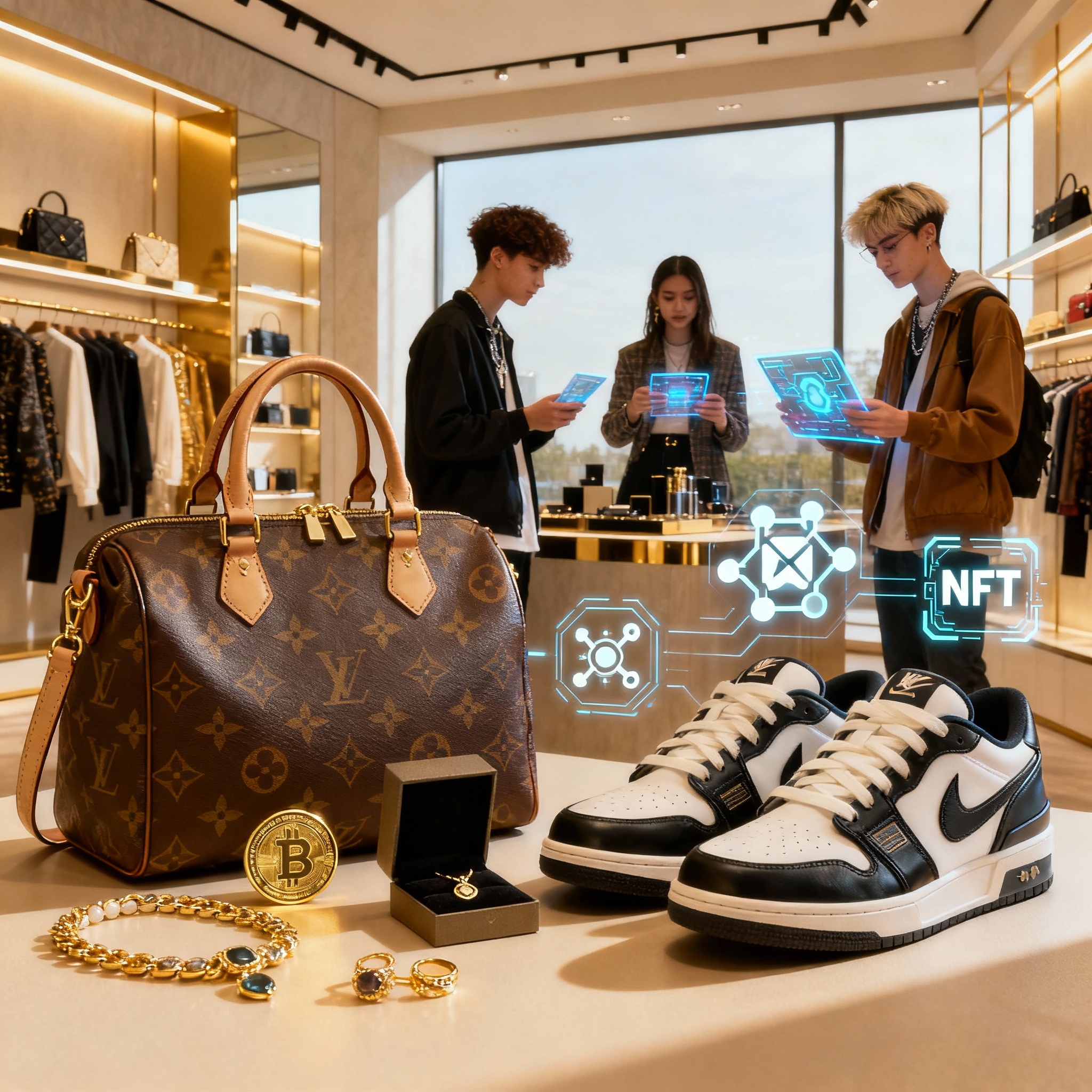How Web3 And NFTs Are Redefining Luxury Brands

Q1. Could you start by giving us a brief overview of your professional background, particularly focusing on your expertise in the industry?
I am a Director of IT for North America at Estée Lauder Companies, where I’m responsible for digital commerce, B2B platforms, and the adoption of AI and automation across our markets. Before that, I ran my own consulting agency, implementing digital innovation and e-commerce solutions for clients such as AB InBev ZX Ventures, CFR, and major beauty houses, including Chanel, L’Oréal, and Shiseido.
I’ve sat on both sides of the table: advising brands on digital disruption and executing transformation inside one of the world’s largest luxury beauty portfolios.
Q2. How do you foresee large-scale industry trends in digital transformation and consumer tech shaping the technology investment priorities and platform strategies across luxury brands?
Luxury is no longer about glass counters and glossy campaigns; it’s about owning the consumer relationship across every touchpoint. Investment is shifting into three buckets:
- AI personalization at scale, because your best sales associate is now an algorithm
- Composable commerce platforms that can flex as fast as consumer expectations
- Data platforms with guardrails, a single consumer view that respects privacy laws
In short, agility is the new luxury. Brands that can marry heritage with speed win.
Q3. What do you view as the largest untapped opportunities or "white spaces" in NFT adoption for retail and luxury going forward?
Forget the cartoon apes. The white space is in utility, not novelty:
- Digital twins tied to product authenticity
- Loyalty NFTs that unlock experiences, not just discounts
- Provenance tokens that make sustainability transparent, not just a marketing line
NFTs that solve real-world problems, such as counterfeiting, consumer trust, and secondary markets, will outlast the hype cycle.
Q4. Which luxury or retail brands have succeeded with Web3 commerce, and according to you, what strategies differentiated them from the market?
Nike and Gucci aren’t just selling digital sneakers or pixelated handbags; they’re building communities and extending brand equity into new arenas.
Their edge?
They didn’t chase a quick PR hit. They tied digital assets to real-world goods and cultural capital. Web3 works when it’s a long-term engagement strategy — not a gimmick.
Q5. Are there specific demographic or geographic segments showing outsized adoption of NFT-enabled products/services?
Gen Z and younger millennials are driving this, the first generations to treat digital assets as status symbols.
Geographically, you see outsized traction in Asia: Korea, Japan, Southeast Asia, where mobile-first economies and gaming culture collide.
In the West, adoption is clustered in sneaker, streetwear, and gaming communities.
Bottom line: it’s not about age, it’s about digital-native identity.
Q6. Which are the standout Web3 or NFT product innovations that have delivered outsized returns or brand engagement?
Winners focus on status, access, and authenticity:
- Digital twins that double as authenticity passports
- Phygital drops, digital plus physical exclusives
- Token-gated memberships that feel like the Soho House of the metaverse
These work because they reinforce brand storytelling and exclusivity. If your NFT strategy doesn’t make your brand more aspirational, you’re doing it wrong.
Q7. If you were an investor looking at companies within the space, what critical question would you pose to their senior management?
If I were backing a company here, my first question would be: “What’s your path from hype to habit?”
- Show me how you create repeatable consumer value, not one-off stunts.
- How do you integrate Web3 into your customer data ecosystem?
- How do you manage regulatory and security risk?
The firms that can answer that are building a business. The rest are chasing headlines.
Comments
No comments yet. Be the first to comment!
